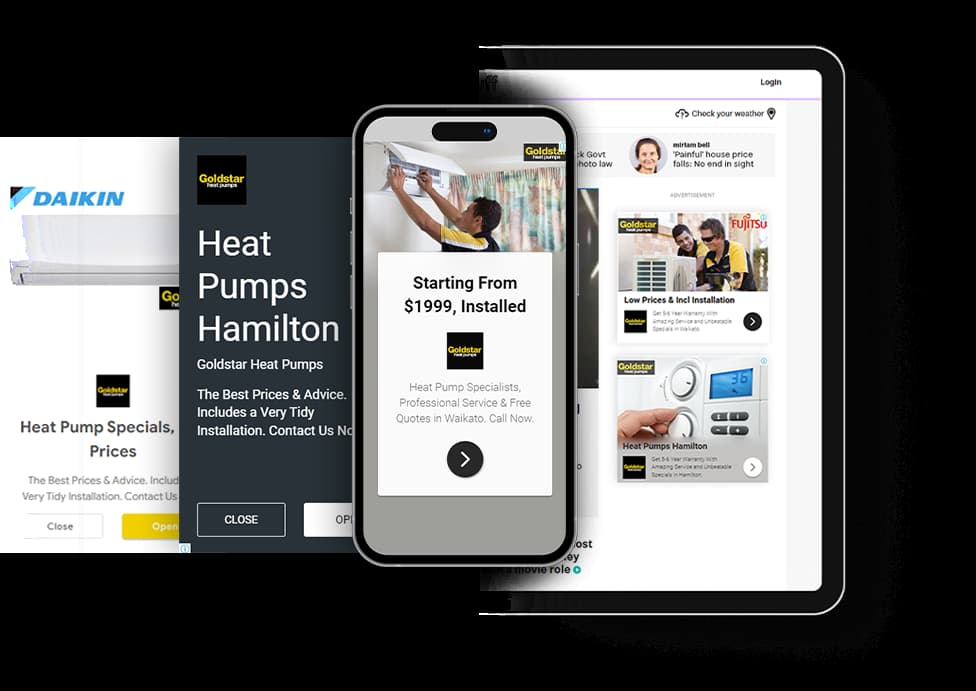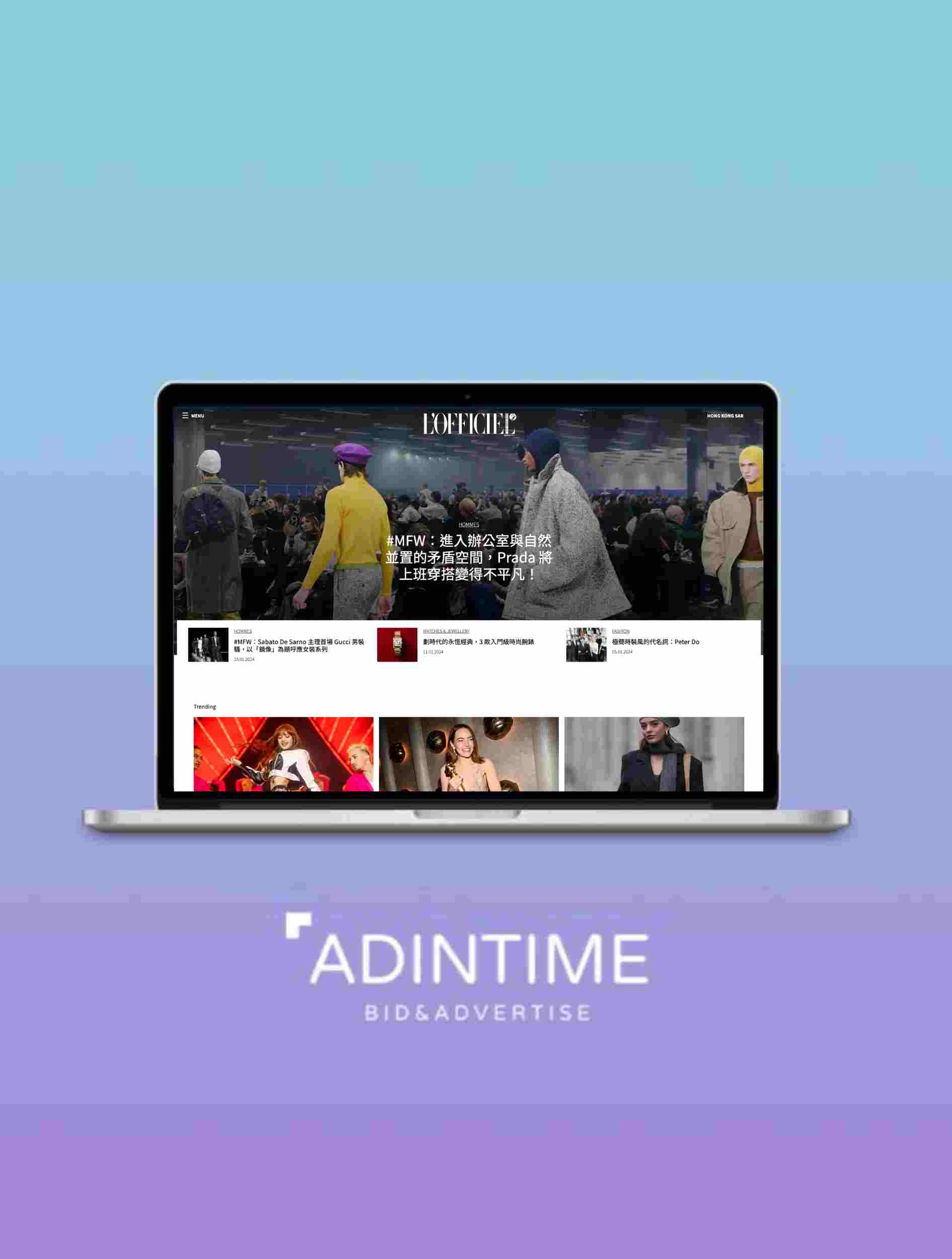What Are Display Ads? A Display Advertising Guide
Want to save time?
Summarize this article in seconds with AI
In a digital world, display ads stand out as a fundamental strategy for businesses aiming to boost their online presence. These ads, versatile and visually engaging, serve as one of the key elements for effective digital marketing campaigns. To plan a successful display advertising campaign, we need to understand what display ads are, their various types, and the key benefits they offer.
What is Display Advertising?

Display ads are a type of online advertising that delivers commercial messages visually through text, logos, animations, videos, photographs, or other graphics. These ads appear on websites, apps, and social media platforms that support visual advertising, targeting users based on their behaviour, demographics, and interests. Unlike traditional text-based ads, display ads capture user attention through their creative design and interactive elements.
Types of Display Ads
While there is a large variety of display ads being offered on different sites, there are a few that are most common and preferred by advertisers. Let's look at some examples of display banner ads, dynamic display ads, and responsive display advertising.
Display Banner Ads Examples

- Standard Banner Ads: These are the rectangular or square ads you see at the top or sides of web pages. For instance, a clothing brand might use a banner ad at the top of a fashion magazine, showcasing their latest collection. In this case, we see Hermès advertising their newest beauty line on the high-end fashion magazine's site, L'OFFICIEL.
- Interstitial Ads: Full-page ads that appear between activities on a site or app, like between articles or game levels. A real life example: KeeTa advertising to their audience on Meitu in this format after "Save Photo" is clicked.
Dynamic Display Advertising Examples

Source: Brevo
- Retargeting Ads: After visiting an online store and looking at a pair of shoes, a user might see ads for those same shoes on different websites, personalized to remind them of their previous interest.
- Seasonal Promotion Ads: E-commerce sites often use dynamic ads to showcase products relevant to an upcoming holiday or season. For example, displaying various Christmas decorations or gift ideas to users in December.

Source: Netflix
- Behaviour-Based Ads: A streaming service might display ads for a specific genre of movies or a new series based on the user's viewing history, making the content more relevant and engaging.
Responsive Display Advertising Examples

Source: Duoplus
- Auto-Adjusting E-commerce Ads: An online retailer could create an ad that showcases different products depending on the user's device and screen size, ensuring the images and text are always clear and engaging.
- Multi-Device Campaigns: A travel agency can use responsive ads to promote a vacation package, with the ad automatically adjusting to display beautifully whether viewed on a desktop, tablet, or smartphone.
- Context-Aware Ads: A responsive ad for a car dealership might show a more detailed image and more text on a desktop but switch to a simpler design with less text on mobile devices, ensuring the key message is always front and centre.
Key Benefits of Responsive Display Advertising
Responsive display advertising are among the most popular display ad formats due to their flexibility, especially if you are using Google Display Network. Here are several strategic benefits in a digital campaign:
- Enhanced User Engagement: By optimizing for various screen sizes and formats, these ads ensure that the message is always presented in an engaging and readable manner, regardless of the device used.
- Operational Efficiency: Advertisers can provide a set of assets (images, headlines, descriptions), and the platform assembles the ads, reducing the need for multiple versions and simplifying campaign management.
- Improved Ad Performance: Machine learning algorithms test different asset combinations, presenting the most effective variant to the audience, which can lead to better engagement rates and campaign performance.
Examples in Action:
Imagine a tourism board aiming to promote a travel destination. With responsive display ads, they can upload various images of attractions, compelling headlines, and descriptions. The system then creates multiple ad versions, optimizing in real-time based on which combinations perform best, whether it's showcasing sunny beaches to a cold region or highlighting cultural events to art enthusiasts.
Implementing Display Advertising Effectively
To maximize the impact of display ads, it's crucial to understand the audience, design creatively, and measure performance diligently:
- Audience Segmentation: The beginning of every advertising plan! Tailor your display ads based on audience interests, location, and behaviour to increase relevance and engagement.
- Creative Design: Use high-quality images and clear, concise messaging. Ensure your CTA is prominent and encourages users to take the next step.
- Mobile Optimization: Given the prevalence of mobile browsing, ensure your ads are optimized for mobile, providing a seamless experience across all devices.
- Continuous Testing: Experiment with different ad elements (images, CTAs, copy) to identify what resonates best with your audience, using A/B testing for informed decisions.
- Performance Tracking: Utilize analytics to track ad performance, including impressions, clicks, and conversions, adjusting your strategy based on data-driven insights.
Conclusion
Display ads, particularly responsive and dynamic variants, are vital components of a modern digital marketing strategy. They offer the dual benefits of creative expression and technological adaptation, enabling brands to engage with their audience in a more personalized and impactful manner.
By understanding the various types of display ads, their benefits, and best practices for implementation, marketers can craft compelling campaigns that resonate with their target audience and drive meaningful results.
Incorporate these strategies and insights into your next digital marketing campaign to leverage the full potential of display advertising, ensuring your message not only reaches but also resonates with your audience, driving engagement and conversions.
 Cookie preferences
Cookie preferences












 Xiaohongshu Advertising Guide: How Can Hong Kong Brands Maximize Their Results?
Xiaohongshu Advertising Guide: How Can Hong Kong Brands Maximize Their Results?
 2x your advertising effectiveness: Master big data to optimize ad ROI
2x your advertising effectiveness: Master big data to optimize ad ROI
 Top 5 Best Ads in 2025 in Hong Kong
Top 5 Best Ads in 2025 in Hong Kong
 Hong Kong Outdoor Advertising Cost in 2026 | Adintime Report
Hong Kong Outdoor Advertising Cost in 2026 | Adintime Report
 Marketing Calendar 2026: Key Dates For Marketing Success
Marketing Calendar 2026: Key Dates For Marketing Success
 The Most Widely-Read Magazine and Newspaper in Hong Kong
The Most Widely-Read Magazine and Newspaper in Hong Kong
 Understanding YouTube Advertising Costs in 2025
Understanding YouTube Advertising Costs in 2025
 OOH /DOOH advertising in Hong Kong: Formats and Rates (2025 Update)
OOH /DOOH advertising in Hong Kong: Formats and Rates (2025 Update)
 How much does LinkedIn Advertising Cost? (2025 Update)
How much does LinkedIn Advertising Cost? (2025 Update)
 Press Ad Basics: Types, Formats and Ad Price
Press Ad Basics: Types, Formats and Ad Price